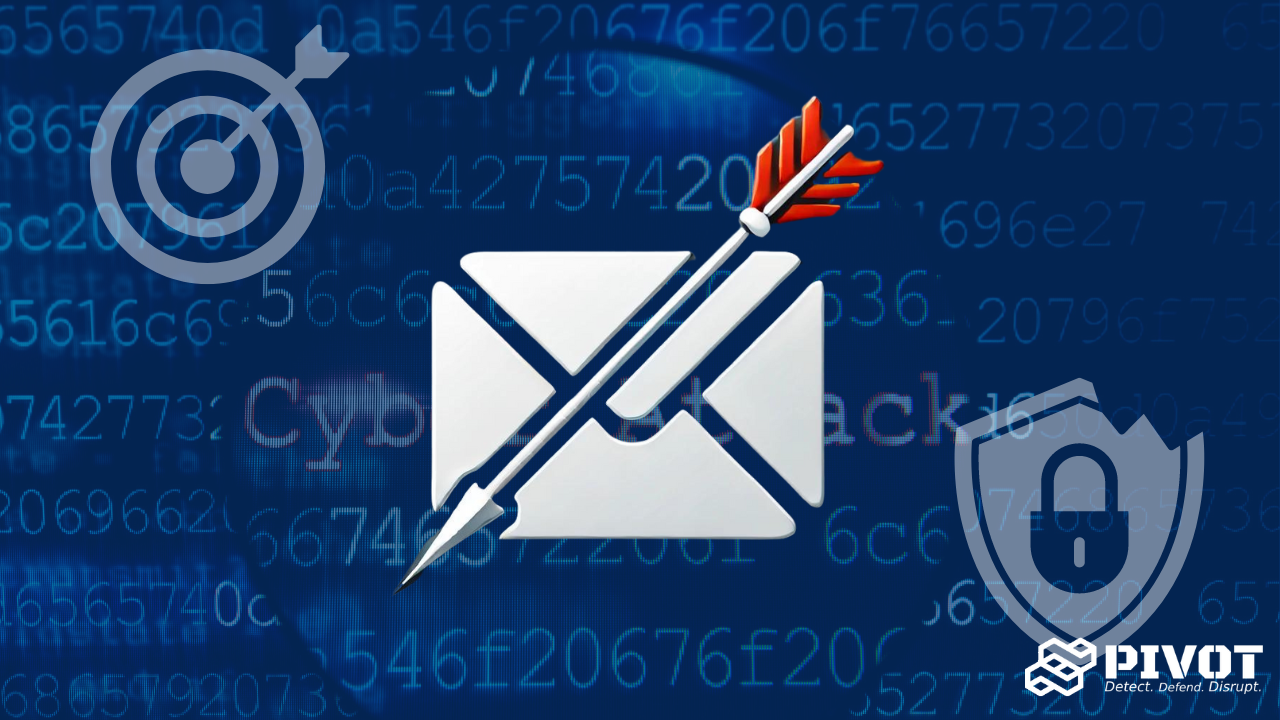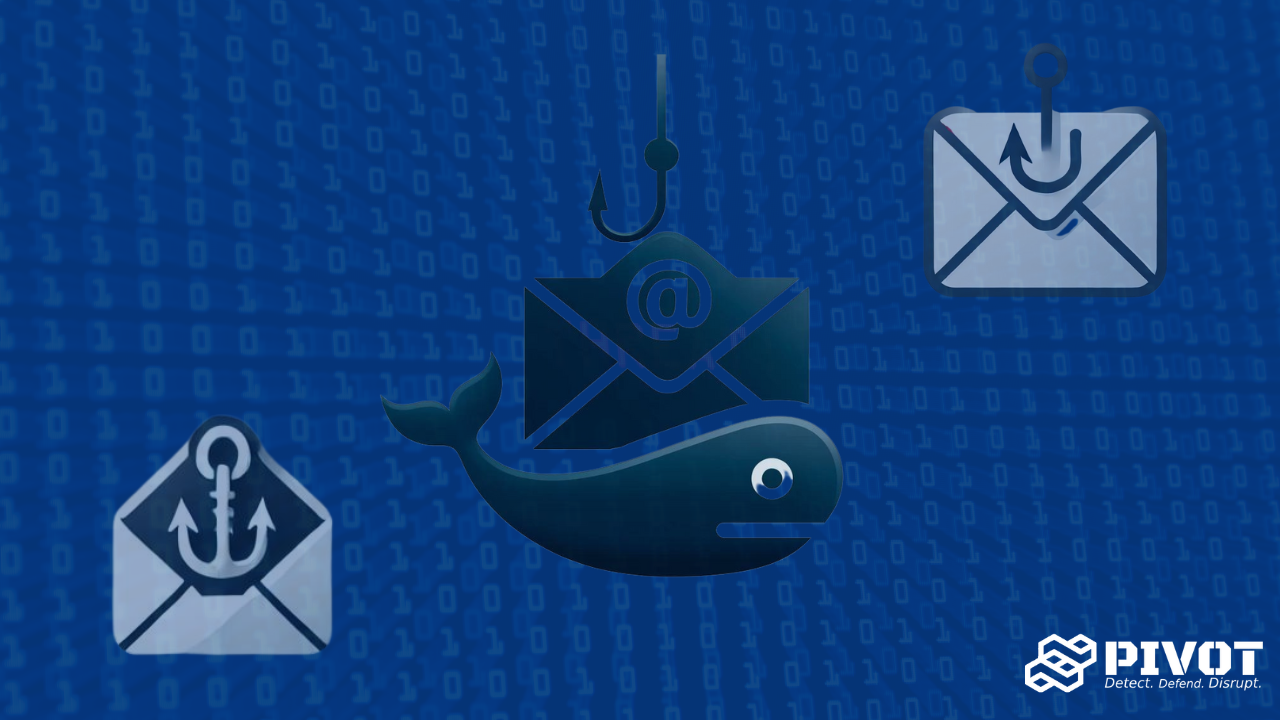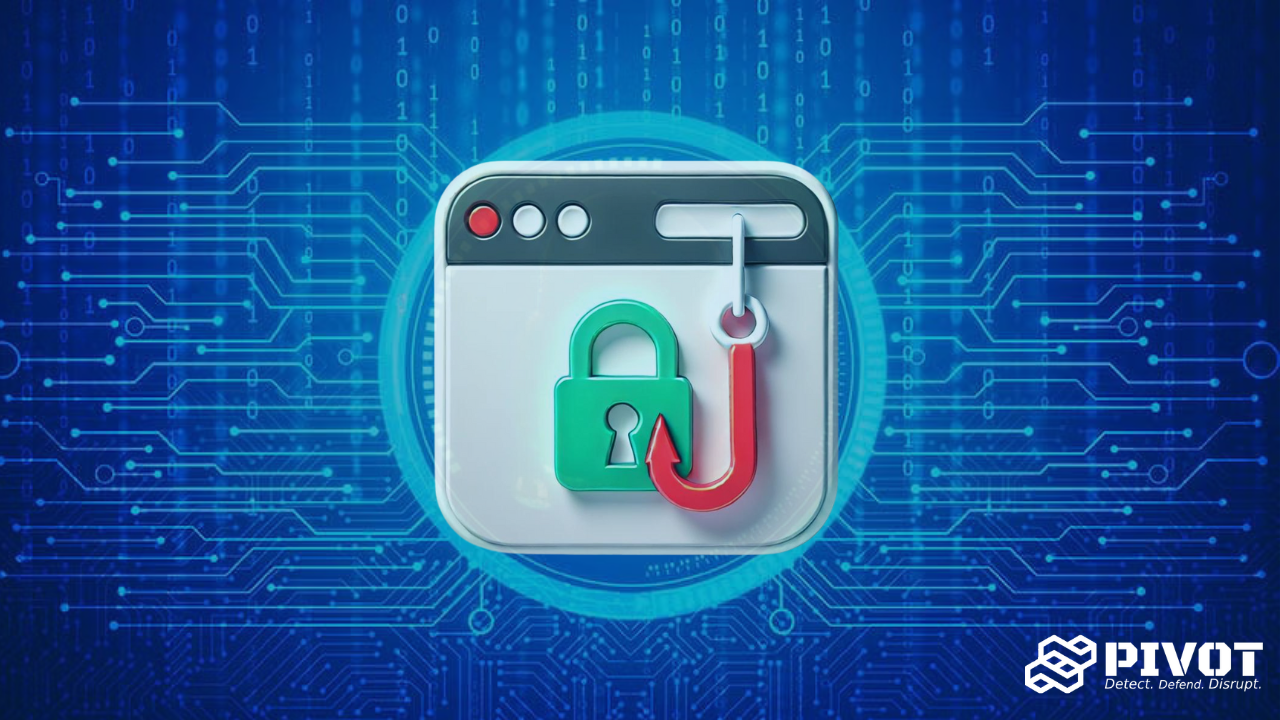
Phishing remains one of the most prevalent and dangerous scams in the world of cybersecurity. It involves deceptive tactics to trick individuals into sharing sensitive information like passwords, credit card details, or corporate data. As cyber threats evolve, phishing methods have grown more sophisticated, targeting a wide range of individuals from casual internet users to top executives.
Being familiar with the types of phishing is essential for anyone looking to strengthen their defenses against these attacks. Let's explore these phishing techniques in more depth, providing insight into how phishing works and how to prevent it.
Email phishing is the most widespread form of phishing. Attackers send mass emails that appear to be from legitimate sources, like banks or well-known companies. These emails typically include links or attachments that, once clicked, lead to the theft of personal data. With 96% of phishing attacks delivered through email, it’s clear that this method is a favorite among cybercriminals.

The damage caused by email phishing is not limited to individuals; entire organizations can suffer from data breaches and financial losses. One click on a fraudulent link is all it takes for malicious software to infiltrate systems, putting confidential information at risk. The simplicity of email phishing makes it appealing for attackers, especially since many victims don’t notice anything wrong until it’s too late.
Prevention is key when dealing with email phishing. Always verify the sender’s information before clicking on any links or downloading attachments. Implementing email filters and using security features like DMARC can help stop these attacks before they even reach your inbox.
In contrast to general email phishing, spear phishing is a targeted attack that focuses on specific individuals or organizations. These emails are carefully crafted, often containing personal details about the recipient, making the attack seem more credible. For example, an attacker might impersonate a colleague or client to steal sensitive business data.

Spear phishing is particularly dangerous because it’s harder to detect. A tailored email that appears relevant to the recipient has a higher success rate than mass phishing attempts. Many spear phishing attacks focus on financial transactions, where the attacker manipulates the victim into transferring money or providing access to sensitive systems.
Given the highly targeted nature of spear phishing, prevention starts with phishing prevention tips like using multi-factor authentication (MFA) and educating employees on recognizing phishing attempts. It's crucial for organizations to implement verification processes for all sensitive information requests.
Whaling attacks take spear phishing to a more sophisticated level, targeting high-ranking executives like CEOs and CFOs. These attacks often involve complex social engineering tactics designed to manipulate executives into transferring large sums of money or sharing confidential corporate information. With the stakes so high, the impact of a successful whaling attack can be devastating.

Cybercriminals have become more adept at impersonating trusted individuals, making it difficult for even seasoned executives to detect these phishing scams. Whaling often results in significant financial losses, but the damage doesn't stop there; it can also tarnish an organization's reputation.
Due to the high value of whaling attacks, companies should prioritize training their executives on how to recognize phishing attempts. Encouraging the use of secure communication channels and verifying unusual requests through alternative means are essential steps to safeguard against these high-level attacks.
While email-based phishing gets a lot of attention, vishing (or voice phishing) is another technique cybercriminals use to deceive victims. In vishing attacks, scammers impersonate legitimate entities like banks or government agencies, tricking individuals into sharing personal information over the phone. These calls often invoke fear or urgency, making victims more likely to comply.
%20Graphic.png)
The damage caused by vishing can range from unauthorized access to financial accounts to identity theft. Many times, these attacks target specific demographics, such as the elderly, who may be less familiar with how phishing works.
The best defense against vishing is simple, always verify the identity of the caller. Don’t share personal or financial information over the phone unless you are certain the request is legitimate. For organizations, it's critical to educate employees on handling phone-based phishing threats.
As more people rely on their smartphones, smishing, phishing via text message, has become an increasingly popular phishing technique. In these attacks, scammers send fraudulent text messages pretending to be from banks, service providers, or even government agencies, luring victims into clicking malicious links or providing personal information.
%20Graphic.png)
Unlike email phishing, smishing preys on the immediacy of text messages. Since many people associate SMS with urgent or important communications, they’re more likely to act without thinking. According to a technical researcher, only 23% of mobile users are aware of smishing, bringing the need for increased awareness.
The best defense against vishing is simple, always verify the identity of the caller. Don’t share personal or financial information over the phone unless you are certain the request is legitimate. For organizations, it's critical to educate employees on handling phone-based phishing threats.
Clone phishing is a more intricate form of email phishing. In these attacks, the attacker creates an almost identical version of a legitimate email that the recipient has already received. However, the cloned version contains malicious content, such as a new link or attachment designed to steal sensitive information.

Since the email appears nearly identical to the one the recipient expects, the chances of the victim falling for the scam are higher. This form of phishing is often targeted at employees within organizations, making it a significant threat to corporate security.
The best defense against vishing is simple, always verify the identity of the caller. Don’t share personal or financial information over the phone unless you are certain the request is legitimate. For organizations, it's critical to educate employees on handling phone-based phishing threats.
A newer phishing technique is HTTPS phishing, where attackers use HTTPS-encrypted websites to create a false sense of security. HTTPS is a sign of a secure website. However, cybercriminals now use this encryption to trick users into trusting their phishing sites, leading to the theft of login credentials and other sensitive data.

The sense of safety provided by HTTPS has made it easier for attackers to trick users into believing that a phishing site is legitimate. Shockingly, more than 58% of phishing websites now use HTTPS.
The best defense against vishing is simple, always verify the identity of the caller. Don’t share personal or financial information over the phone unless you are certain the request is legitimate. For organizations, it's critical to educate employees on handling phone-based phishing threats.
Phishing attacks continue to evolve, and so too must our defenses. From email phishing and spear phishing to whaling attacks and HTTPS phishing, each method poses unique challenges to individuals and organizations alike. Being aware of the types of phishing and understanding how phishing works is the first step in protecting yourself from these ever-present threats.
By following key phishing prevention tips and staying informed about the latest phishing techniques, you can reduce the likelihood of falling victim to these attacks. Remember to stay vigilant, educate yourself, and always prioritize cybersecurity.




